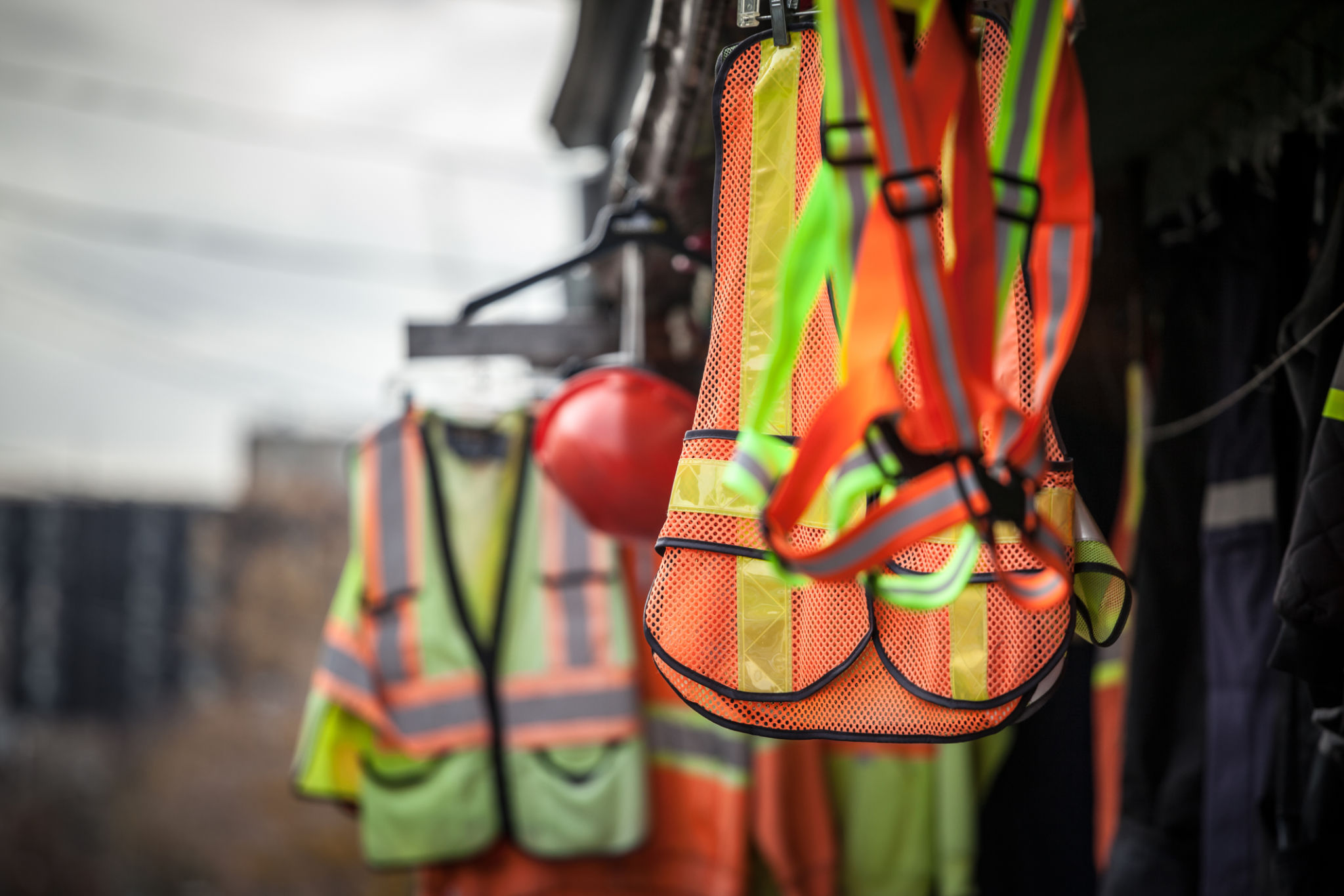The Role of Virtual Sensors in Enhancing Safety and Performance in Construction Equipment
JM
Introduction to Virtual Sensors
The construction industry is continuously evolving, integrating new technologies to improve safety and performance. One of the latest advancements making waves is the use of virtual sensors. These digital tools are transforming how construction equipment operates, offering unprecedented insights and control over machinery on the field.
Virtual sensors simulate the functions of physical sensors using software algorithms. They gather data from various sources to provide real-time analytics and feedback. This digital transformation is enhancing safety protocols and optimizing performance metrics in construction sites worldwide.

Enhancing Safety with Virtual Sensors
Safety is paramount in the construction industry. Virtual sensors contribute significantly to this by providing real-time monitoring and alerts. They can detect potential hazards, such as equipment malfunctions or unsafe operating conditions, before they lead to accidents.
These sensors can track various parameters, including equipment load, temperature, and vibration levels. By analyzing this data, virtual sensors can predict failures and suggest preventive maintenance. This proactive approach reduces the risk of equipment breakdowns, minimizing the likelihood of accidents.
Real-Time Data for Immediate Response
One of the major benefits of virtual sensors is their ability to provide immediate feedback. This real-time data allows operators to respond swiftly to any irregularities, ensuring that potential issues are addressed before they escalate. This capability is crucial in maintaining a safe working environment.

Boosting Performance Through Advanced Analytics
Beyond safety, virtual sensors play a crucial role in enhancing the performance of construction equipment. By collecting and analyzing data, these sensors help optimize machinery operations, leading to increased efficiency and productivity on site.
For instance, virtual sensors can monitor fuel consumption and engine performance, identifying areas where efficiency can be improved. By optimizing these parameters, construction companies can significantly reduce operational costs while maintaining high levels of productivity.
Predictive Maintenance and Reduced Downtime
The predictive maintenance capabilities of virtual sensors are a game-changer for construction equipment. By predicting when maintenance is needed, rather than relying on routine checks or waiting for failures, companies can reduce downtime and extend the lifespan of their machinery.

The Future of Virtual Sensors in Construction
As technology continues to advance, the role of virtual sensors in construction will only expand. The integration of artificial intelligence and machine learning with virtual sensor technology promises even greater capabilities, such as advanced predictive analytics and autonomous equipment operations.
Embracing these innovations will be key for construction companies looking to stay competitive. By leveraging virtual sensors, they can not only enhance safety and performance but also drive sustainable growth in an increasingly digital world.
Conclusion
In summary, virtual sensors are revolutionizing the construction industry by enhancing safety and improving performance. Their ability to provide real-time data and predictive insights makes them an invaluable asset on any construction site. As we move forward, the continuous evolution and adoption of this technology will play a critical role in shaping a safer and more efficient future for construction projects worldwide.
